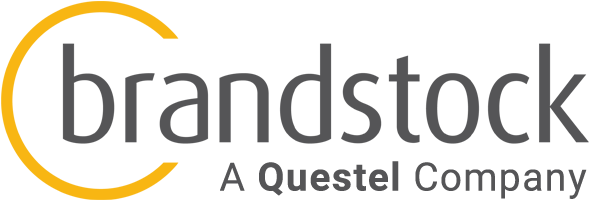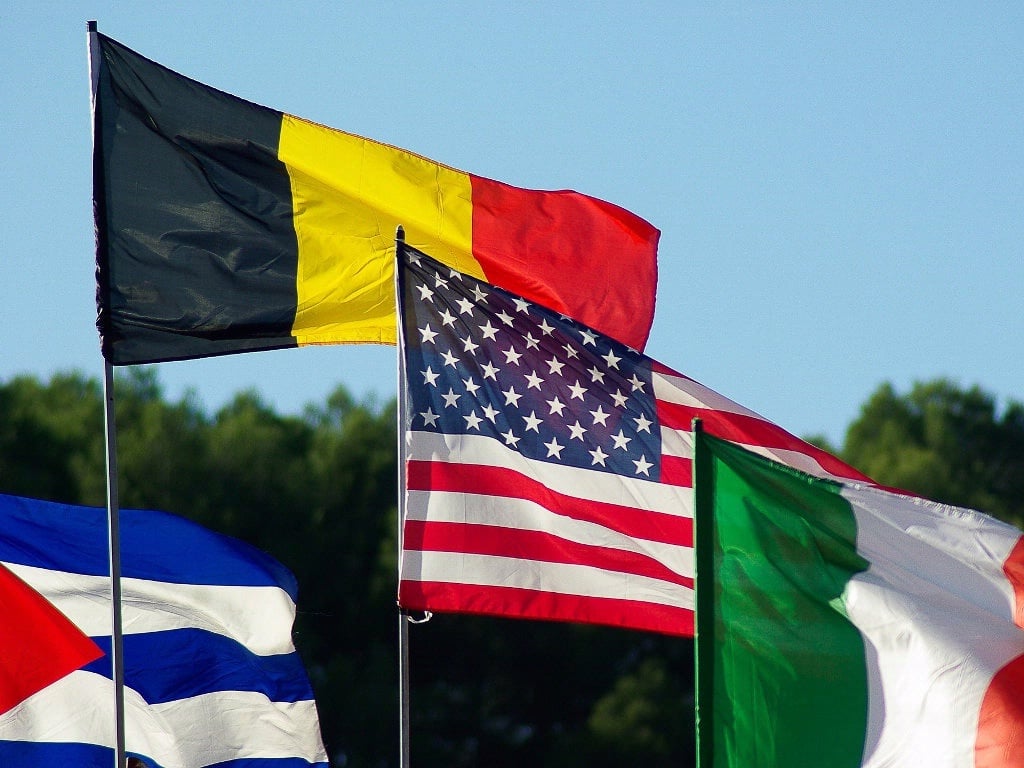The Linguistic Life of a Trademark: Born to be Bad?
The Linguistic Life of a Trademark: Born to be Bad?
By Thomas Golda, Director IP Researches, Brandstock
A decision to give birth to a new brand in today’s more globally-oriented markets can leave your verbal progeny facing a linguistic or cultural disaster. Marks that seem innocent enough in one language or region may not be as adorable elsewhere. There are numerous examples of humorous – and not so humorous – situations where misunderstanding local interpretations of trademarks has put millions-dollar brands at risk. To avoid these risks, it is critical that companies take a comprehensive approach to trademark searches that includes a linguistic assessment by local experts, who are able to understand and advise on the particular potential pitfalls in their jurisdictions when it comes to language and culture. They are your lifeline to success.
SO, WHAT’S THE MEANING OF LIFE?
Life is a mystery. (Must everyone really stand alone?)
Life is a little English word whose meaning has probably confounded people since it was born into the language. Those who don’t understand English may have their own combinations of characters and concepts related to the literal and infinite philosophical definitions of life, but when they come across four little Latin letters – L-I-F-E – suddenly, life may seem meaningless. But why should you care?
LIVIN’ LA VIDA LOCAL
In Spanish, another language with a broad international reach, “LIFE” is “(LA) VIDA”, identical in meaning and barely distinguishable phonetically and visually from “(LA) VITA” in Italian. “VIDA” comprises the same number of letters as “LIFE” but only one corresponds. Other than an identical denotation, it has far less in common with “LIFE” than with the French word “VIDE”, simply meaning “empty,” a rather bleak perspective on “LIFE” when you think about it. But why should you care?
Trademark examiners in most jurisdictions take into account whether or not a word has a dictionary or perceived meaning in the local language and sometimes in other languages consumers may understand. They might consider which customers are targeted and how a particular term may be interpreted by them. Based on this, they could refuse registration of a mark deemed culturally inappropriate, confusing from a linguistic point of view or lacking in distinctiveness.
You can make assumptions that your proposed mark carries an innocuous definition or is sufficiently fanciful to avoid rejection based on conceptual associations, but this is a precarious approach. If you are not 100% clear how thoroughly local trademark offices examine translations, direct or perceived, or if you are unaware of exactly how much weight meanings in other languages are given in the decision of whether or not to allow registration, you can face a refusal of your trademark application. Such a setback can instantly destroy months of developing a product’s or service’s marketing strategy and result in the loss of any corresponding expenditure.
Without the ability (yet!) literally to see inside the minds of examiners, your best protection is to conduct full availability trademark searches through local search agents. These legal trademark experts understand the language and the culture in general. In most cases, they also have ample experience in estimating just how (in)flexible examiners may be when taking definitions and connotations into account. Moreover, they need to fully understand any literal or perceived meaning associated with a proposed mark when assessing the risk posed by any prior marks held by others. A search report assessing a trademark’s viability that does not include the vital linguistic assessment by a local expert might as well be “vide.”
DOES LIFE HAVE TO BE SO MUNDANE?
Your first task, deciding on a trademark name, can be a challenging balancing act. The advantage of using common words that evoke a characteristic of your goods or services you’d like to promote may be appealing at first glance. Beauty and personal care consumer products often search for common terms in combinations they hope are sufficiently fanciful to avoid refusal by trademark examiners on the basis of their descriptive nature. The disadvantages can range from a new trademark with the minimal distinctive quality to attain registration lost in a sea of barely distinguishable marks and open to potential oppositions by owners of prior marks, to required disclaimers on terms that allow future marks to use the same terms, again, resulting in dilution, diminishing your mark’s distinctive qualities. Prefixes such as “ECO,” “BIO” and others derived from current buzzwords are notorious for losing their distinctiveness.
On the other hand, a more exciting trademark name sculpted as an entirely invented word must rely on consumers’ abilities to remember it and associate it with a product. Of greater concern may be your lack of knowledge of local languages. You have probably discovered from time to time that what appears to be a fanciful term to you actually has a dictionary or perceived meaning in another tongue.
Of course, in the Internet Age, you have instant access to popular search engines, sites providing user-contributed articles and even (depending on your personal perspective) an entertaining or offensive electronic tome listing hundreds of popular jargon, including new words and alternative meanings of known words, mainly from an English language perspective. While consulting such resources is certainly a valuable first step before submitting a trademark search proposal, their relevance is constrained by their innate lack of completeness and/or your limited knowledge of other languages and cultures.
Whether you decide to cobble together a new trademark from common terms or to unleash your creativity and invent a new word, linguistic checks by local agents can assist in identifying potential problems with registration and consumer perceptions before they become unmanageable.
WHEN WORDS TAKE ON A LIFE OF THEIR OWN
In Ancient Rome, one could casually speak of anything to the physical left by using the Latin word “sinister” in a daily conversation. But Roman superstition also associated the left side with misfortune, bad omens, even evil. Thus, “sinister” could be used to describe direction, yet it also developed a more malevolent personality. Both meanings morphed into the Italian term “sinistro” with more or less the same potential linguistic applications. In Modern English, however, by way of Old French and Middle English, “sinister” (perhaps expectedly) lost its innocence. Today, the prevailing meaning in English is decidedly, well, sinister.
Not all words age so “nicely,” though. When an unexpected shift in consumers’ perceptions of a product name occurs, it can have devastating effects on the brand. During the 1970’s a candy marketed as an appetite suppressant was enjoying an increase in popularity. By the early 1980’s, without warning, a previously unknown disease shocked the world. Mysterious, frightening and stigmatized, Acquired Immune Deficiency Syndrome became widely known by its acronym, “AIDS.” This disease, which resulted in sudden weight loss and ultimately death at that time, is widely blamed as the major factor in a precipitous drop in sales of the weight-loss candy “AYDS.” Worse than just the ostensibly identical names, the candy was marketed under such slogans as “AYDS helps you take off weight and helps you keep it off.” The appetite suppressant took on the stigma of the disease. Few consumers wanted to be seen purchasing a product with such negative associations and which had become the target of cruelly dark humor. An attempt to rebrand “AYDS” was ineffective, and the product never recovered its rapidly decreasing revenues.
More recently, product marketers have had to make similarly tough decisions on whether or not to rebrand as a result of another sudden change in word association. Deriving their names from a powerful Egyptian goddess may have initially seemed harmless enough, but when the terror group ISIS gained international attention and use of the term was referred to as “brand suicide,” the PR nightmare began for some companies using the name. Marketing materials were essentially useless; much of the world would have been appalled by the thought of wearing a T-shirt with the word “ISIS” emblazoned across it.
Near the end of 2014, an American company, Propex, decided to change the name of its ISIS carpet tiles to “ARTIS.” Despite a lack of any serious blowback from use of the former name by consumers already familiar with the products, the pre-emptive measure was taken to avoid future problems, and they agreed it was simply the right thing to do. Earlier the same year, ISIS WALLET, a mobile payment app, made a similar decision. The app was rebranded as SOFTCARD, a name that cleverly uses the word “SOFT” prominently, distancing itself from the “hard-nosed” violence associated with its former name.
Rebranding may not always be necessary, though. This could depend on the products covered by a trademark. The term “AYDS” might have survived for products that did not have a correlation to the devastating weight loss of a terrifying illness. A product named ISIS having clear links to Ancient Egypt and limited visual marketing displaying the name may survive any current negative connotations.
Ultimately, it is nearly impossible to guarantee that any trademark name chosen for a product will not face similar challenges. Even linguistic checks cannot predict the future. What they may provide is the identification of terms of growing concern on a local level. Moreover, if a product must be rebranded, they can help to identify new names that could disassociate it with its negative reputation.
ETERNAL LIFE
Not every negative association is a death sentence for a trademark. Coca-Cola has long survived a name derived from its ingredient coca leaves and small quantities of the elicit substance cocaine, while its rival soft drink Pepsi overcame a name derived from dubious medical claims as a cure for dyspepsia. (Interestingly, Coca-Cola was also marketed for its “medicinal” qualities.)
Obviously, not every name is so fortunate; those products were introduced long ago, building popularity and brand reputation for more than a century. In the modern age of carefully reviewed trademark applications and knowledgeable and image-conscious consumers, prevention is an obvious first step in reducing linguistic mishaps that can kill a brand before it can develop a reputation of its own. Although trademark searches that provide a linguistic check cannot guarantee immortality for your mark, they can help ensure it has a healthy beginning to its life as ambassador for your brand.
LIGUISTIC LIFE SUPPORT
How can your nascent trademark survive the unseen linguistic and cultural catastrophes that could be lurking in anywhere in the world?
In our work with leading global brands, we have found that introducing a linguistic check as an element of the clearance checklist can avoid risk and improve the strength and value of your trademarks. Brandstock’s search services provide a linguistic lifeline through a global network of local trademark experts, who can cost-effectively assess your trademark’s verbal viability.
To learn more, visit >> Trademark Searching.




